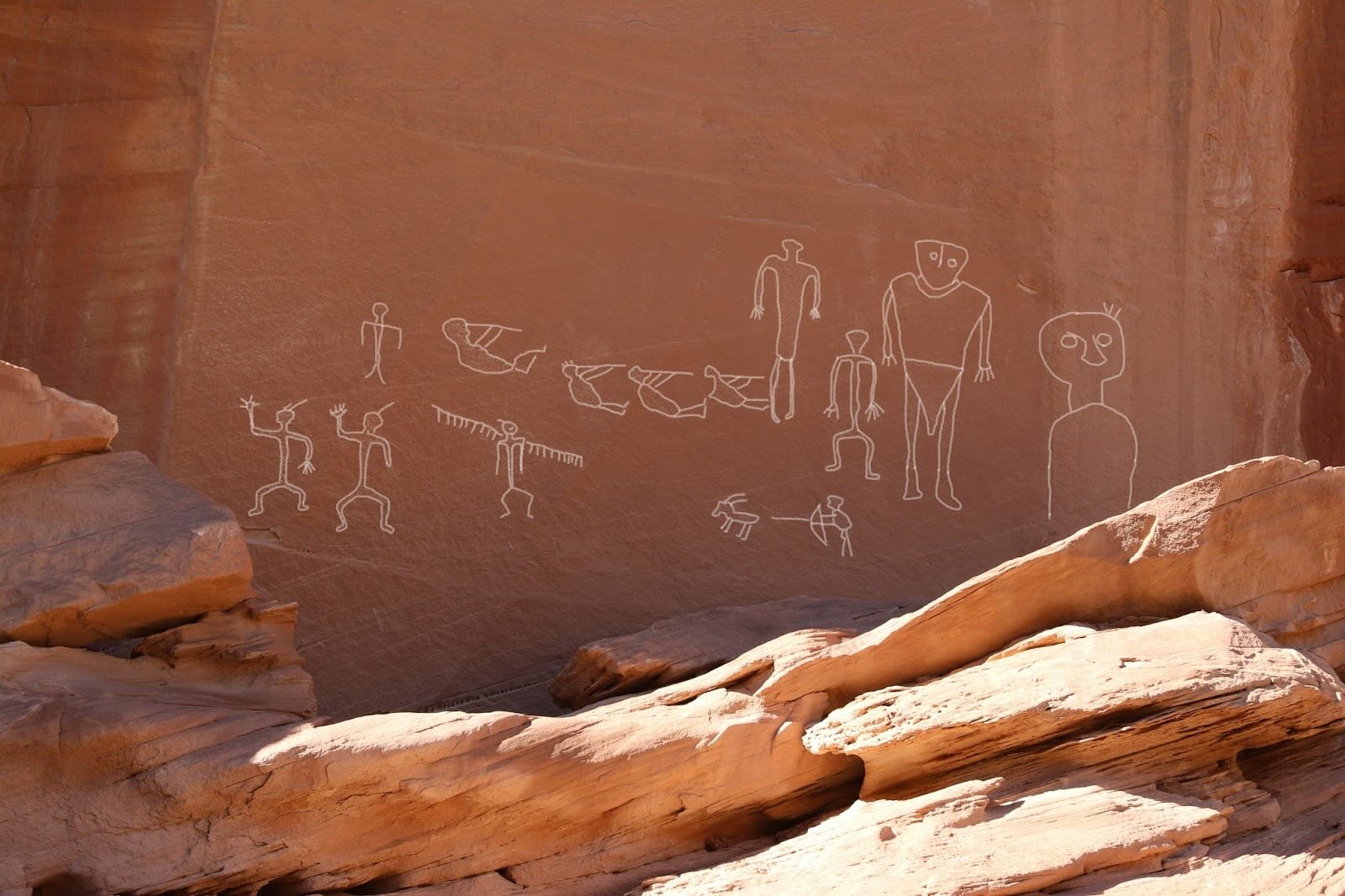Hidden Treasures Of Utah’s Grand Gulch Rock Art

Have you ever wondered about the hidden stories etched into the rocks of Utah's Grand Gulch? This remote canyon holds some of the most fascinating rock art in the Southwest. Ancient cultures left behind intricate petroglyphs and pictographs that tell tales of their lives, beliefs, and surroundings. Hiking through Grand Gulch feels like stepping back in time, where every turn reveals another piece of history. Whether you're an avid hiker or a history buff, the canyon offers a unique blend of natural beauty and cultural heritage. Ready to uncover the secrets of Grand Gulch's rock art? Let's dive in!
Hidden Treasures of Utah's Grand Gulch Rock Art
Utah's Grand Gulch is a treasure trove of ancient rock art, offering a glimpse into the lives of the Ancestral Puebloans. This remote canyon, located in the Cedar Mesa area, is home to numerous rock art panels, ruins, and artifacts. Let's explore some of the most fascinating spots to witness these hidden treasures.
Ancient Petroglyphs
The petroglyphs in Grand Gulch are some of the most intricate and well-preserved in the Southwest. These carvings on rock surfaces tell stories of ancient rituals, daily life, and spiritual beliefs.
Big Man Panel: This panel features a large figure, often referred to as the "Big Man," surrounded by smaller figures and symbols. The detailed carvings provide insight into the social hierarchy and spiritual practices of the Ancestral Puebloans.
Split-Twig Figurine Panel: Named after the unique split-twig figurines depicted, this panel showcases the artistic skills and cultural significance of these small, animal-shaped figures.
Shaman's Gallery: This site displays images of shamans, or spiritual leaders, engaged in various rituals. The intricate designs and symbolism highlight the importance of spirituality in ancient Puebloan society.
Pictographs
Pictographs, or painted rock art, are another significant aspect of Grand Gulch's cultural heritage. These colorful images offer a different perspective on the lives and beliefs of the canyon's ancient inhabitants.
Green Mask Spring: This site features a striking green mask painted on the rock face, surrounded by other symbols and figures. The vibrant colors and unique design make it a must-see for rock art enthusiasts.
Turkey Pen Ruin: Alongside the well-preserved ruins of an ancient dwelling, this site boasts several pictographs depicting animals, human figures, and abstract designs. The combination of ruins and rock art provides a comprehensive view of ancient Puebloan life.
Jailhouse Ruin: Named for its resemblance to a jail cell, this site contains numerous pictographs, including handprints, animals, and geometric patterns. The vivid colors and intricate designs make it a fascinating stop on any Grand Gulch adventure.
Rock Shelters and Ruins
In addition to rock art, Grand Gulch is home to numerous rock shelters and ruins that offer a glimpse into the daily lives of the Ancestral Puebloans.
Perfect Kiva: This well-preserved kiva, or ceremonial structure, provides a rare opportunity to explore an ancient Puebloan religious site. The nearby rock art adds to the site's cultural significance.
Bullet Canyon Ruins: This site features several well-preserved ruins, including dwellings, storage rooms, and kivas. The surrounding rock art panels offer additional context to the lives of the canyon's ancient inhabitants.
Sheiks Canyon: Home to numerous rock shelters and ruins, Sheiks Canyon offers a wealth of archaeological treasures. The rock art panels here depict a variety of scenes, from hunting to spiritual rituals.
Hidden Gems
Some of the most captivating rock art sites in Grand Gulch are off the beaten path, requiring a bit more effort to reach. These hidden gems reward intrepid explorers with stunning, lesser-known treasures.
Lion Tracks Panel: This remote site features a series of lion tracks carved into the rock, accompanied by other animal and human figures. The unique subject matter and secluded location make it a special find.
Cave 7: This hidden cave contains numerous rock art panels, including both petroglyphs and pictographs. The secluded location and well-preserved art make it a rewarding destination for adventurous hikers.
Fallen Roof Ruin: This site gets its name from the collapsed roof of an ancient dwelling, which now lies scattered on the ground. The nearby rock art panels depict various scenes, adding to the site's allure.
Reflecting on Grand Gulch's Wonders
Grand Gulch offers a unique glimpse into ancient cultures through its rock art. These petroglyphs and pictographs tell stories of the past, connecting us to the Ancestral Puebloans who once thrived here. Exploring these hidden treasures, you not only witness incredible artwork but also gain a deeper appreciation for history.
Hiking through the canyon, you encounter stunning landscapes and diverse wildlife. Each step reveals new discoveries, making the journey both exciting and educational. Remember to respect the artifacts and natural surroundings to preserve them for future generations.
Grand Gulch isn't just a destination; it's an adventure into the past. Whether you're an avid hiker, history buff, or simply curious, this place offers something special. Pack your gear, lace up your boots, and experience the magic of Grand Gulch.

